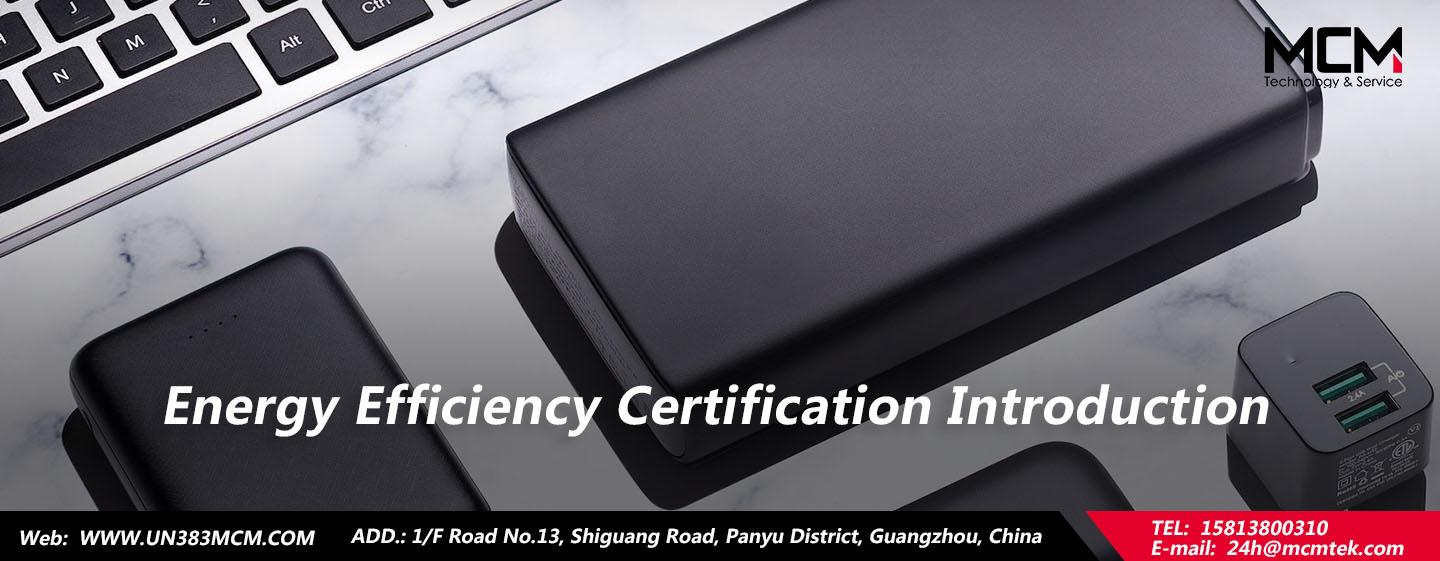Overview
Home appliances and devices energy efficiency standard is the most effective way to optimize energy efficiency in a country. Government will set up and implement a comprehensive energy plan, in which it calls for using higher efficient appliances to save energy, so as to slow down the increasing energy demands, and be less dependent on petroleum energy.
This article will introduce the relevant laws from the United States and Canada. According to the laws, home appliances, water heater, heating, air conditioner, lighting, electronic products, cooling appliances and other commercial or industrial products are covered in energy efficiency control scheme. Among these, electronic products contain battery charging system, like BCS, UPS, EPS or 3C charger.
Categories
- CEC (California Energy Committee) Energy Efficiency Certification: It belongs to a state level scheme. California is the first state to set up energy efficiency standard (1974). CEC has its own standard and testing procedure. It also controls BCS, UPS, EPS, etc. For BCS energy efficiency, there are 2 different standard requirements and testing procedures, separated by power rate with higher than 2k Watts or no higher than 2k Watts.
- DOE (Department of Energy of the United States): The DOE certification regulation contains 10 CFR 429 and 10 CFR 439, which represents the Item 429 and 430 in the 10th Article of the Code of Federal Regulation. The terms regulates testing standard for battery charging system, including BCS, UPS and EPS. In 1975, the Energy Policy and Conservation Act of 1975 (EPCA) was issued, and DOE enacted the standard and testing method. It should be noticed that DOE as a federal level scheme, is prior to CEC, which is only a state level control. Since the products comply with DOE, then it can be sold in anywhere in the U.S.A, while only certification in CEC is not that widely accepted.
- NRCan (Natural Resources Canada): To correspond with the United States EPCA, Canada also set up a scheme to control BCS, UPS and EPS. Canada regulates that products sold in Canada should be tested with energy consumption under CSA C381.2-17 and DOE 10 CFR 430. NRCan standard and testing procedure mainly refers to DOE, thus we can find some similarity between the two systems.
Labels:
DOE: No label requirements. Only need to submit testing data, and apply for listing on DOE database.
CEC: For battery chargers, the surface of products should have the mark
It also requires uploading testing data for inspection, and applying for listing on CEC portal database.
NRCan: For products of conformity, the surface should have the mark of energy efficiency certification from Standard Council of Canada (SCC) accredited organizations.
It also requires testing data inspection and applying for listing on NRCan portal database.
NOTE: Listing on databases is critical, as customs will clear the products according to the information on the portal database.
Latest information:
DOE will issue new a energy efficiency standard and testing procedure for battery charging system. The annex Y1 in 10 CFR 430 is drafted based on the original procedure. Below are the main amendments:
1.Wireless charger limitation will increase from ≤5Wh to ≤100Wh. The “wet environment” is no longer a limitation for DOE certification. That means wireless chargers within 100Wh, no matter it is used for wet or not, are included in DOE.
2.For those chargers shipped without EPS and adaptors, it’s acceptable to test chargers with EPS with rated voltage and current that complies with the basic energy efficiency requirement.
3.Delete the requirement of testing with USB connector of 5.0V D.C. This means many other USB connectors or other kinds of connectors of EPS will be acceptable for testing.
4.Delete the table 3.3.3 of battery charger usage profile. And UEC calculation, and replace with separate index of Active mode, Standby mode and Off mode to measure the performance
Conclusion:
The formal procedure of Annex Y1 is not officially published yet. It will not be implemented until the Federal Committee issue the new standard. DOE has already collected suggestions from the industry and relevant commissions since January 2022 for BCS testing procedure amendment. In April, DOE host a meeting discussing the feasibility of new standard, and the documents of feasibility was approved. The issuance date of Annex Y1 amendment and new energy efficiency rules is not sure yet. MCM will continue to focus on the issue and bring the latest news to you.
Post time: Sep-22-2022


